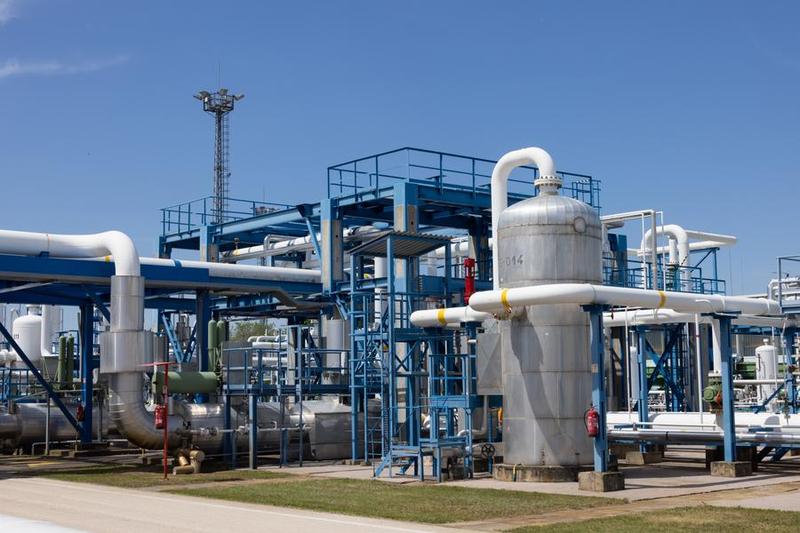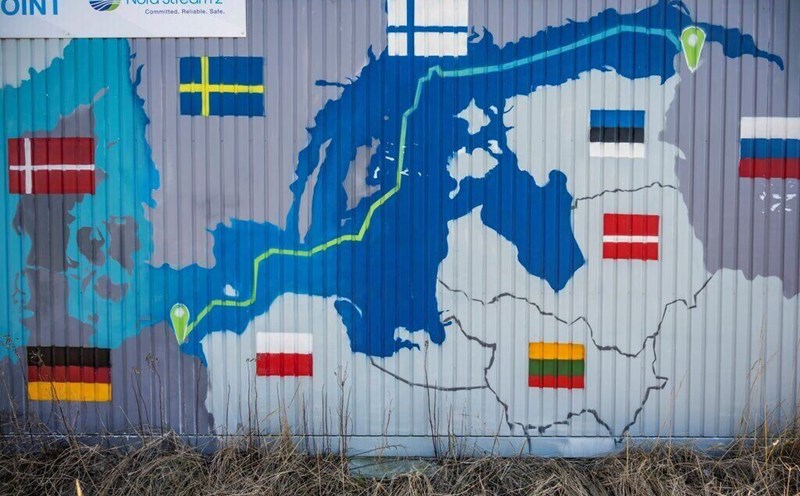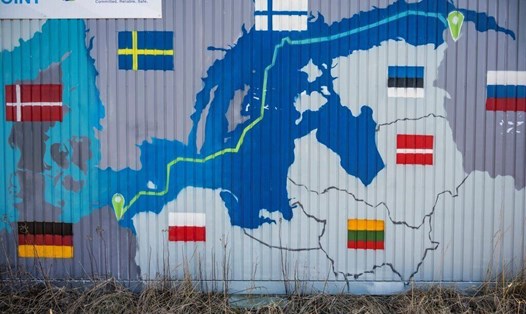The European Union sees the bloc falling into an energy trap: In the west, the US is pushing the bloc to import liquefied natural gas (LNG); in the east, Russia is making efforts to restore the Nord Stream 2 project, German magazine Der Spiegel reported.
Der Spiegel points out that by cutting down on Russian gas imports, the European Union could compensate with US liquefied natural gas (LNG).
However, the current US president wants to put pressure on the world through gas. Therefore, Europe is stuck in the middle. If the US is no longer a guarantee for gas supplies, the question is where to get gas.
Russia has ideas on the issue, Der Spiegel also said. Last week, Russian Foreign Minister Sergei Lavrov confirmed that the US and Russia are discussing the repair of the Nord Stream pipeline as part of peace talks in Ukraine.
"Currently, Brussels is stuck. If the EU continues to adhere to the plan to abandon Russian gas by 2027, dependence on the US will become increasingly unpredictable. If the European Union moves somewhat closer to Russia, it will rely on two undesirable partners at the same time, the German newspaper pointed out.
The EU also has little time to think, Der Spiegel said. The EU has never officially banned imports of Russian gas via pipeline. If the Nord Stream pipelines are repaired, deliveries can be resumed at any time.
According to Reuters calculations on March 31, compared to February, the average daily gas supply of Russia's Gazprom Group to Europe via the TurkStream pipeline in March decreased by 19.4%.

This figure is based on data from European gas transport giant Entsog. Accordingly, Russian gas exports via the TurkStream pipeline fell to 45.0 million m3/day in March, down from 55.8 million m3/day in February. This figure also decreased compared to 46.4 million m3/day in March 2024.
According to Reuters calculations, the total amount of Russian gas supplied to Europe via TurkStream reached about 4.5 billion m3 in the first 3 months of 2025, lower than the 7.7 billion m3 recorded in the same period last year.
Gazprom data and Reuters calculations show that Russia supplied about 63.8 billion cubic meters of gas to Europe via various routes in 2022. This figure decreased sharply by 55.6% to 28.3 billion m3 in 2024, but increased to about 32 billion m3 in 2024. At its peak in 2018-2019, Russian gas exports to Europe each year amounted to 175 to 180 billion cubic meters.
TurkStream is currently the only transit route to bring Russian gas to Europe after Ukraine decided not to extend a five-year transit agreement with Russia when it expires at the end of 2024.











